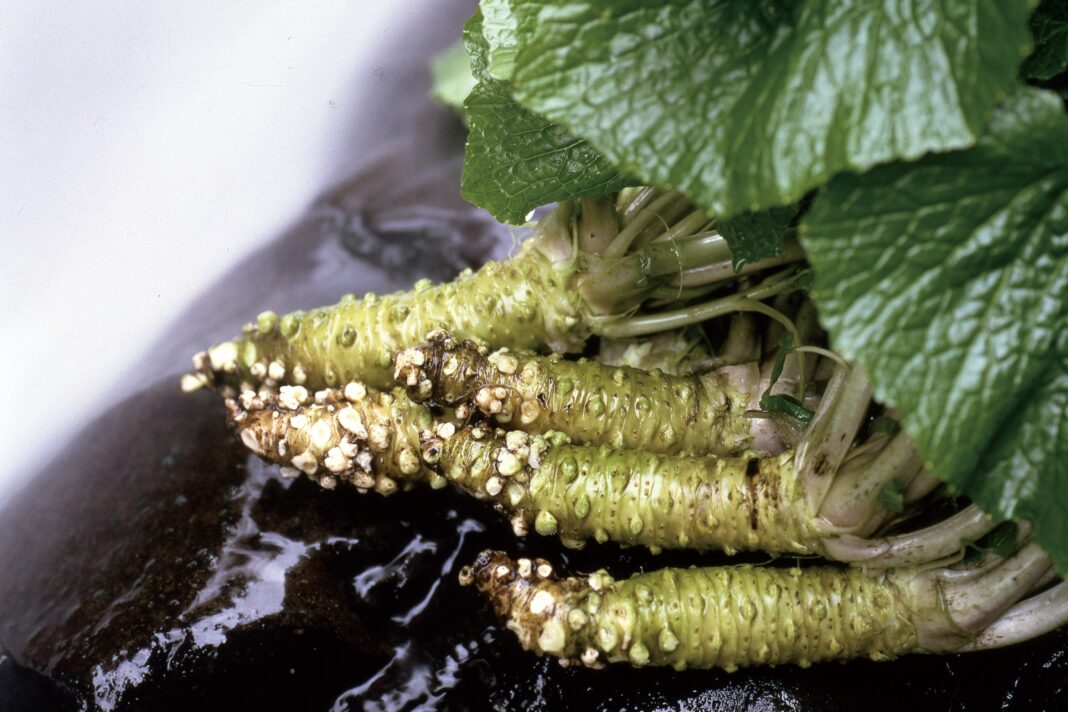Many sushi lovers will be shocked to learn that their beloved green paste may not be what it seems.
Exploring Shizuoka is a great way to learn the truth and understand more about this uniquely Japanese plant.
Discover the world’s best wasabi in the home of Mt. Fuji!
ONE OF THE MOST VALUABLE CROPS IN THE WORLD
Although ‘Wasabi’ is now widely used around the world, surprisingly few people actually know much about this plant.
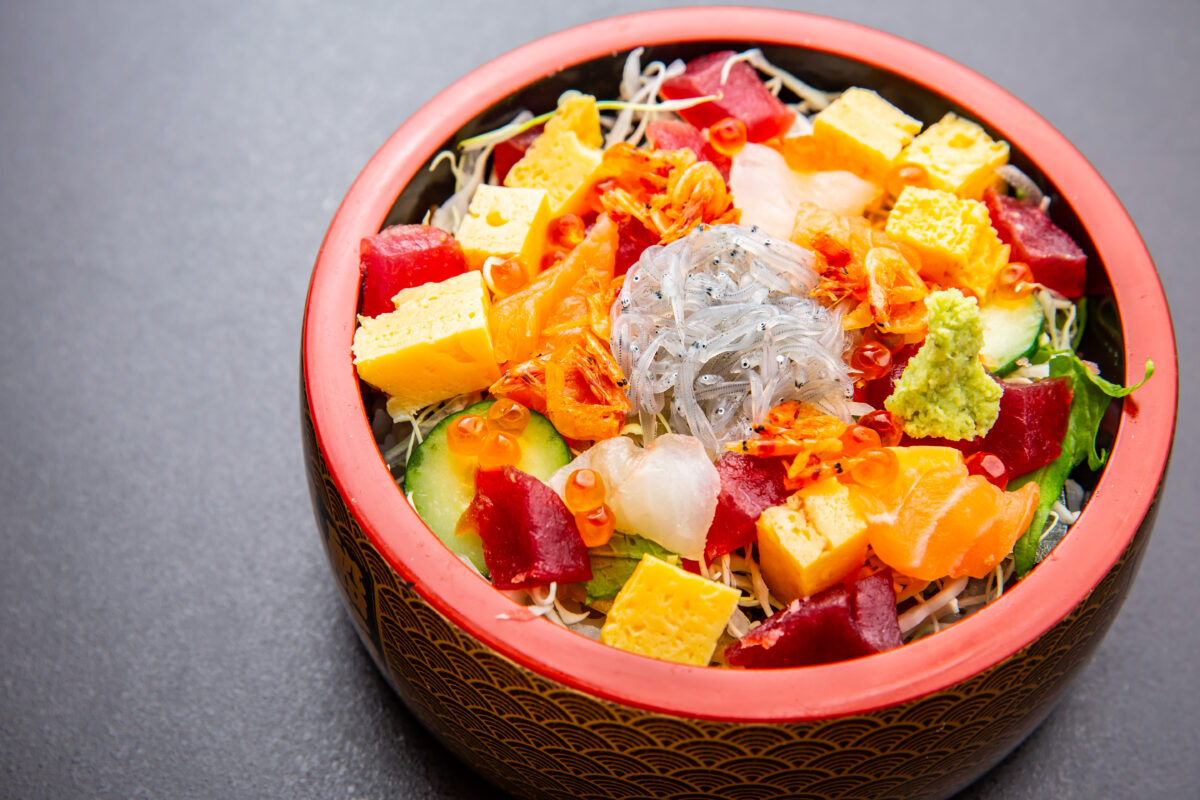
Wasabi has grown wild in Japan’s mountains for thousands of years with full-scale cultivation beginning nearly 500 years ago in Shizuoka.
In order to grow, the plant needs very specific conditions: North-facing, stable weather conditions with an abundance of cold and clean flowing water.
Even in the right environment, it can take up to as much as 3 years for a wasabi plant to grow large enough for harvesting.
Consequently, wasabi ends up in market as one of the most expensive vegetables in the world.
WASABI IN SHIZUOKA
Wasabi farmers in Japan grow two varieties of wasabi. The highest grade is Sawa (mountain stream) wasabi, which grows in shallow cold water and Hata (field) wasabi which grows in soil.
Shizuoka’s temperate climate, abundance of nature and infinite supply of fresh, clean flowing water are perfect conditions for growing wasabi.
In fact, Shizuoka has some of the largest “Sawa” wasabi farms and produces almost half of all wasabi grown in Japan.
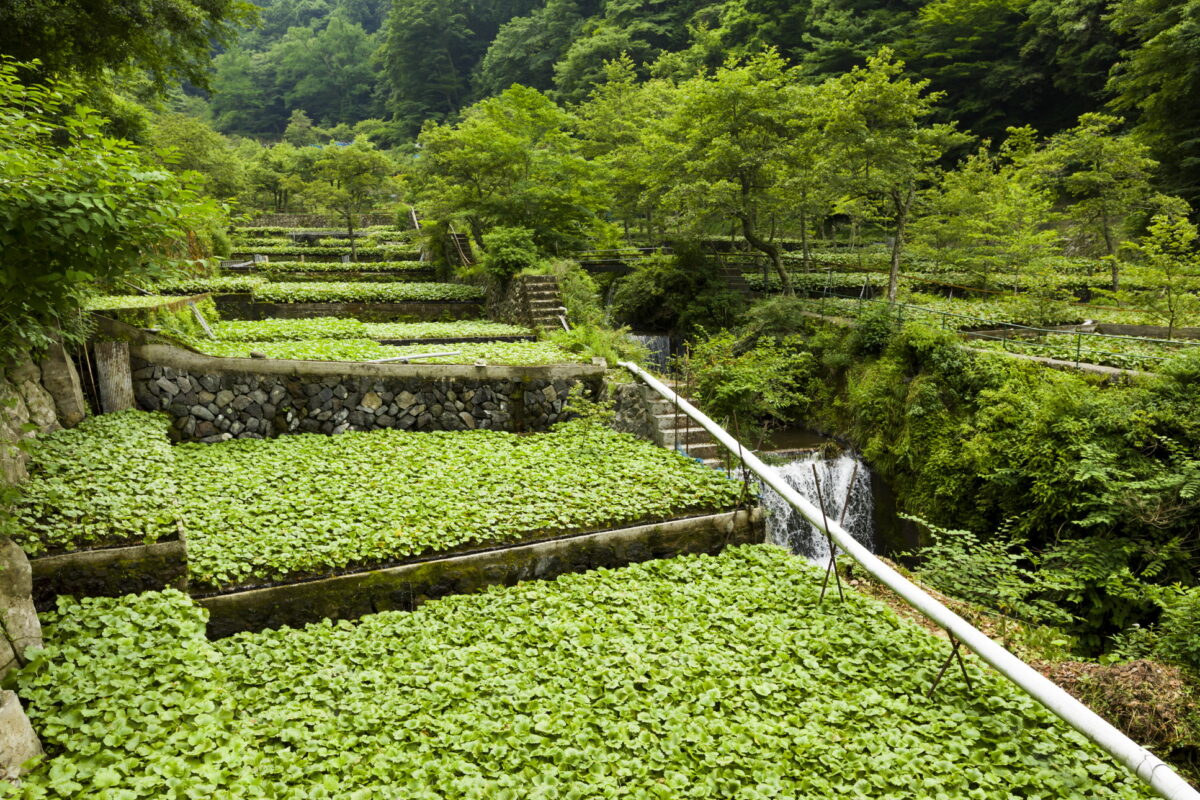
The wasabi cultivation areas are mainly in the Izu Peninsula (South of Mishima Station) and Utogi (North of Shizuoka Station).
Both areas are accessible by car and offer a unique glimpse into just how labour-intensive the production can be.
THE TRUE TASTE
Did you know that what you put on your sushi might not be ‘real’ wasabi but a mixture of horseradish, mustard and food colouring?
Eating freshly grated wasabi is an entirely different experience. Fresh wasabi does not hit you like you the normal stuff. Instead, it offers a complex taste with only a hint of spice.
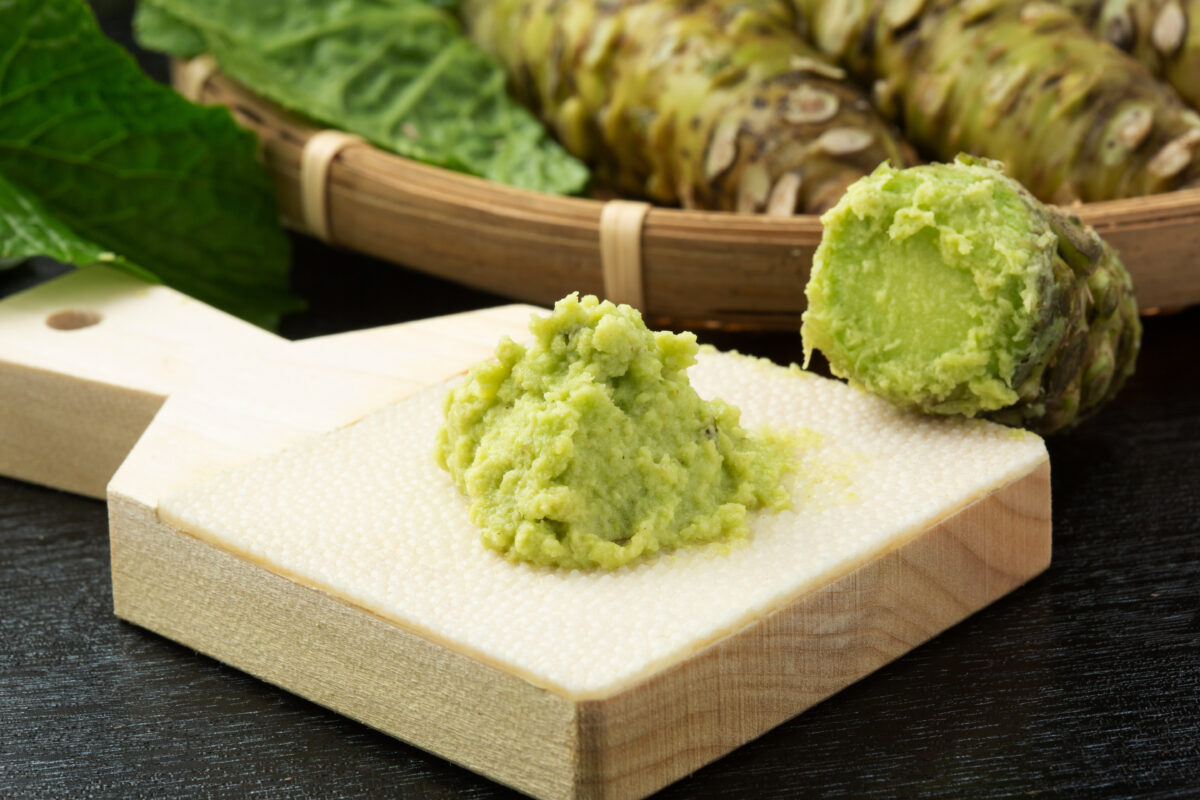
Any trip to Japan is really not complete without trying real Shizuoka wasabi in some form or other. Even those who are not a fan of the nostril blasting hotness of tube wasabi might find their favorite way to enjoy the plant.
In Japan, people do not waste any part of the Wasabi plant. Root, stem and leaves all have their place in Japanese cuisine and each has a unique flavour.
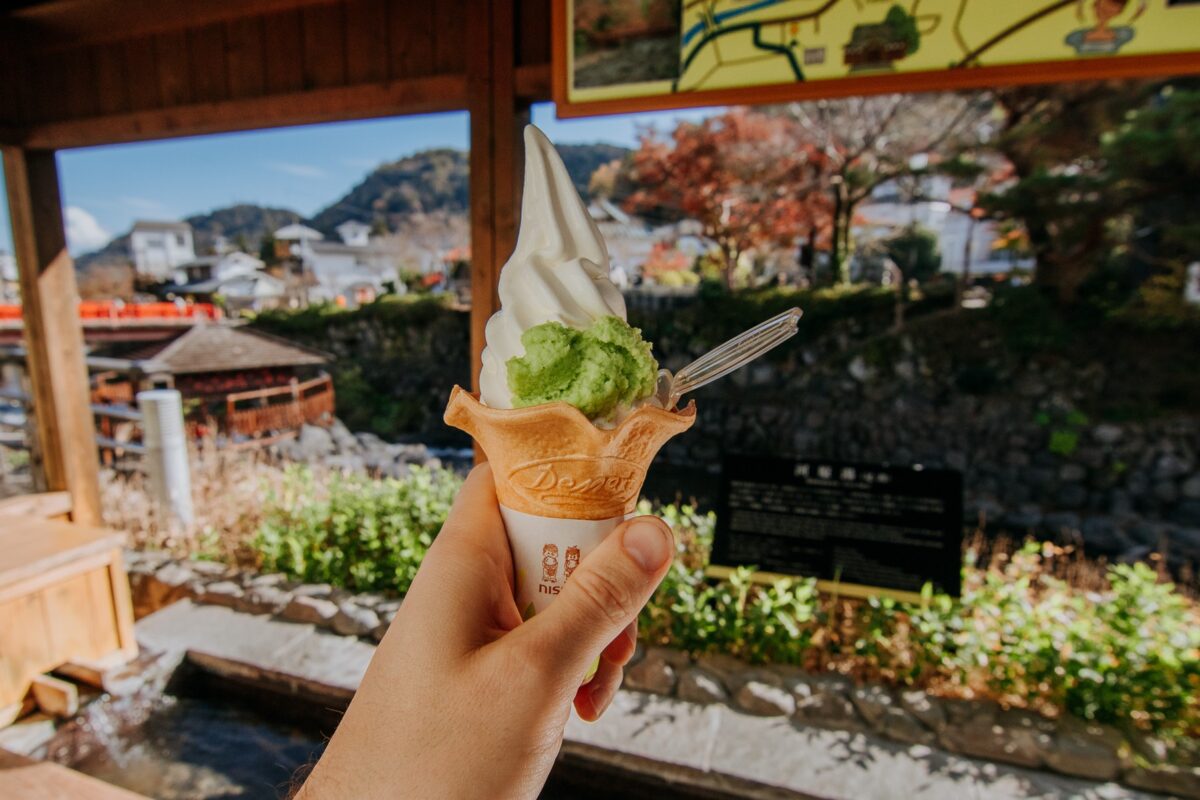
Some great ways to experience real Shizuoka Wasabi include:
- Spend a couple of days in Shuzenji and try the fresh wasabi ice cream.
- Visit the wasabi fields in Utogi, where it is believed wasabi was first cultivated and try wasabi leaf tempura.
- Visit wasabi fields learn about wasabi farming.
